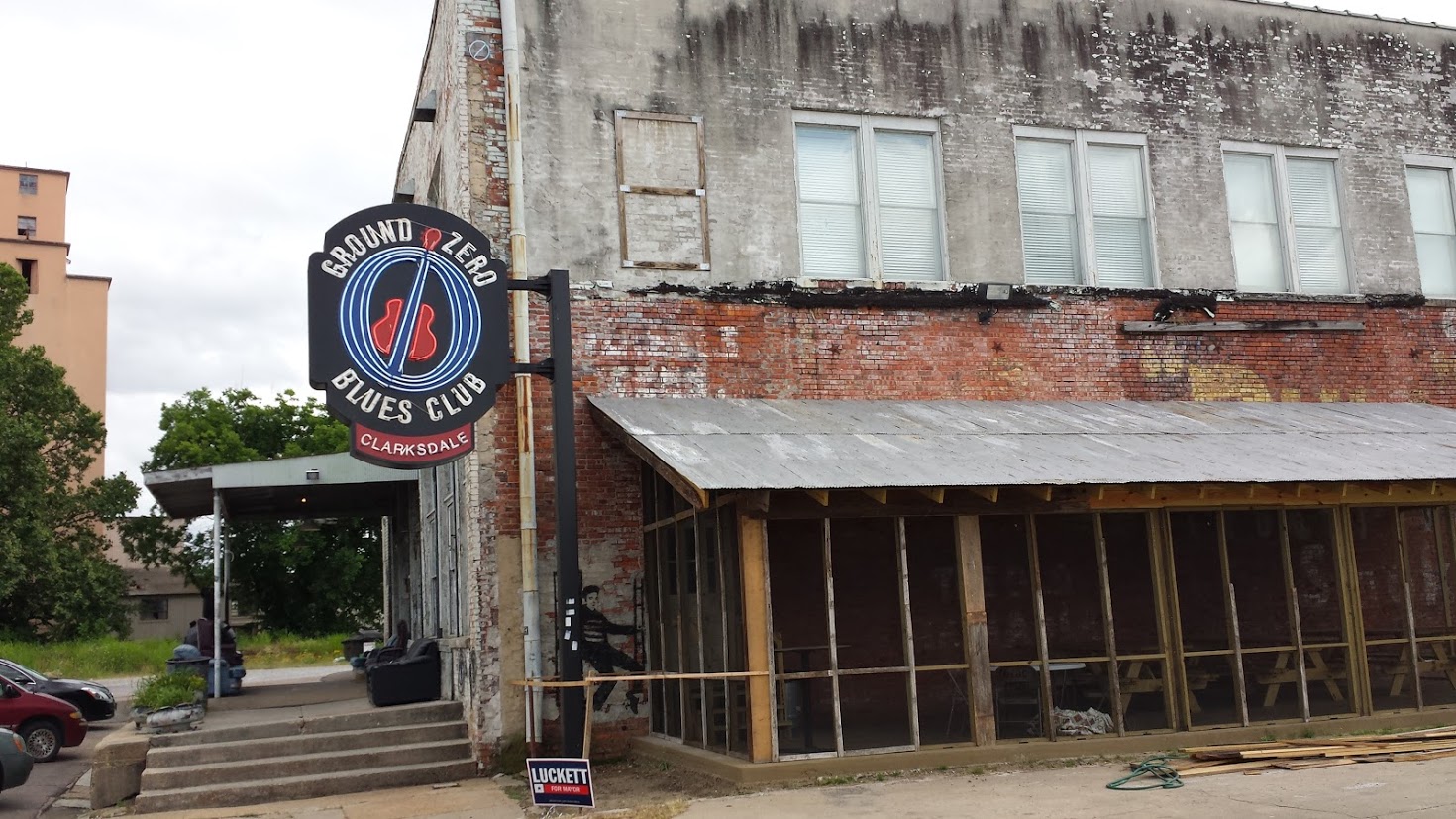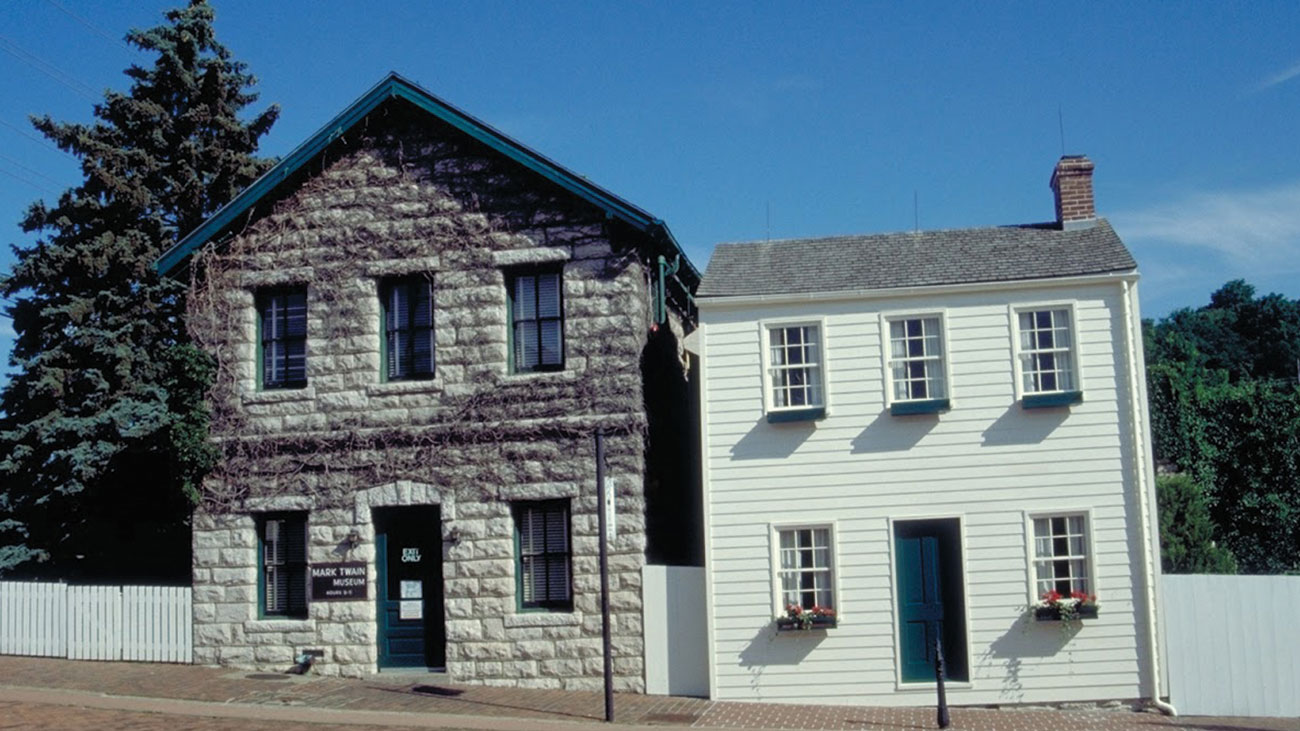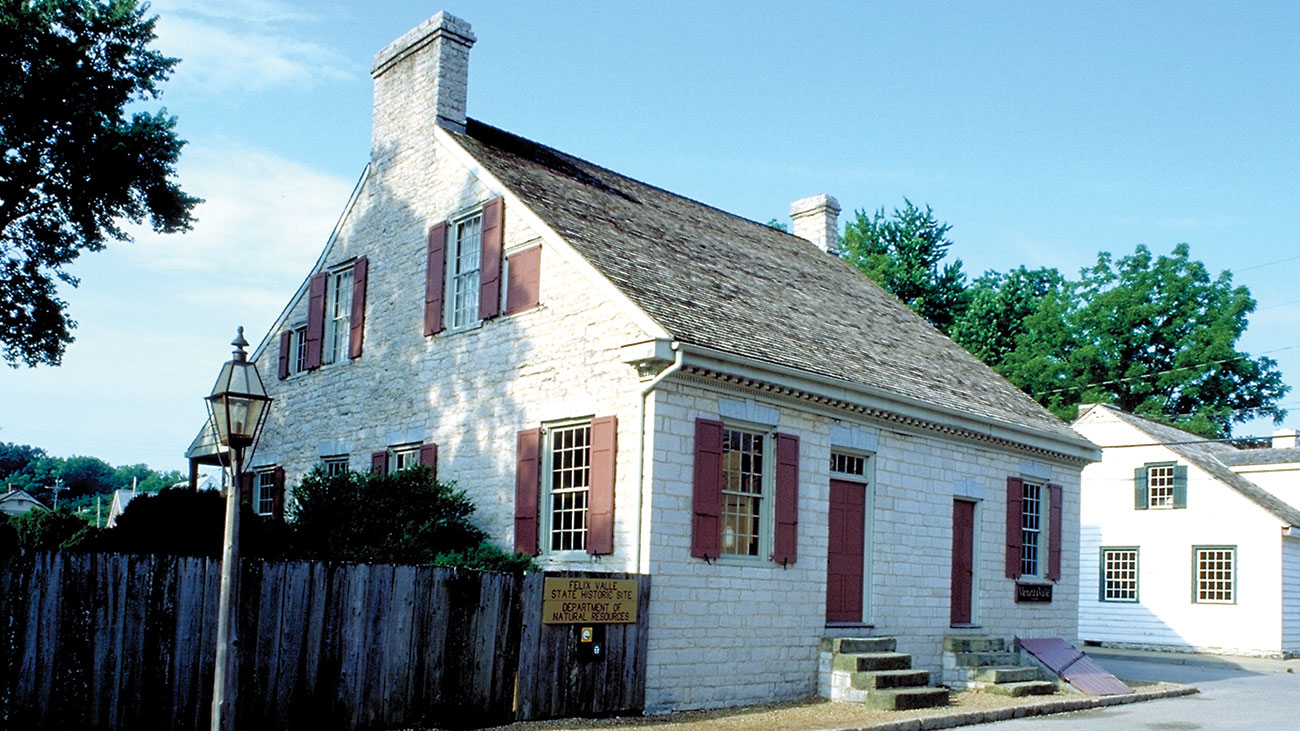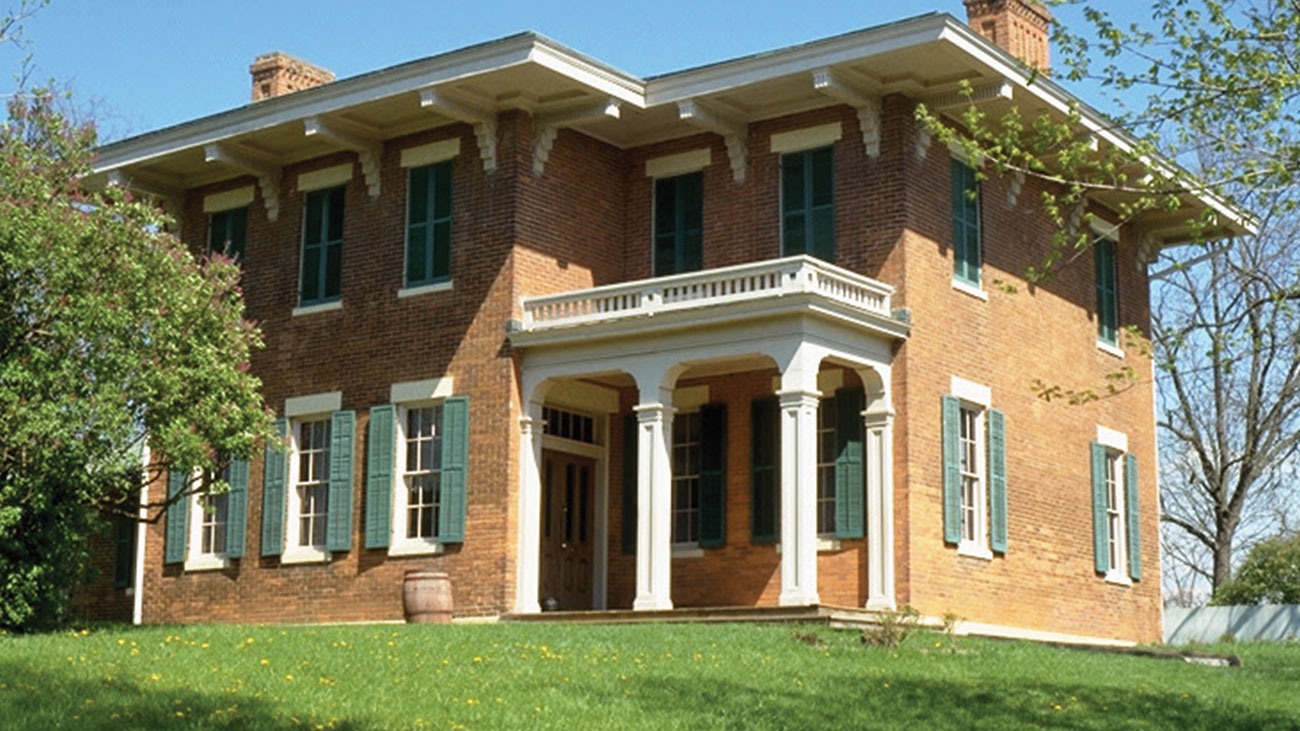A trip on America’s greatest drive is a trip through time. Up and down the Mississippi River, historic sites beckon—iconic music venues and the birthplace of blues in Mississippi, the Missouri river town that inspired America’s most famous author, and the historic home of a war hero and president, just to name a few. There’s so much to discover.
Reminder: Local and state safety regulations may lead to reduced hours or changes in operations. Please contact specific businesses or attractions for more information before you visit.
Dockery Plantation
Dockery Plantation was a massive cotton plantation near Cleveland, Mississippi, that employed as many as 2,000 people at its peak. It’s considered to be the place where blues music was born—the plantation was home to such greats as Charley Patton, Robert Johnson and Howlin’ Wolf. It’s home to several well-preserved buildings, including a vintage service station.
Ground Zero Blues Club

Clarksdale is as close to the epicenter of Blues as you can get in Mississippi. The city’s Delta Blues Museum honors Mississippi as the birthplace of the blues, and you can see amazing live performances at the Ground Zero Blues Club. Following the juke-joint tradition, the club makes its home in the former Delta Grocery and Cotton Company building.
Mark Twain Boyhood Home & Museum

The fascinating life of America’s most famous author can be found in Hannibal, Missouri. The Mark Twain Boyhood Home & Museum is in the building once where Samuel Langhorne Clemens, better known as author Mark Twain, lived from 1844 to 1853. The museum contains artifacts from Twain’s life and interactive exhibits that tell the story of his childhood and the paddleboat era on the Mississippi River, where he took much of his inspiration.
Felix Vallé House State Historic Site

Ste. Genevieve in southeastern Missouri is rich in French history. Explore the American influence on this French community at the Felix Vallé House, a carefully preserved Federalist home that’s decorated in the style of the 1830s. It’s part of a collection of historic buildings that are part of the Felix Vallé House State Historic Site.
Ulysses S. Grant Home

The Ulysses S. Grant Home in Galena, Illinois is the former home of Ulysses S. Grant, the Civil War general who later became 18th President of the United States. The people of Galena gave Grant the home in 1865 in thanks for his service in the war. He became president four years later, cementing the future of the home as a historic site. It’s been open to the public since 1904.







